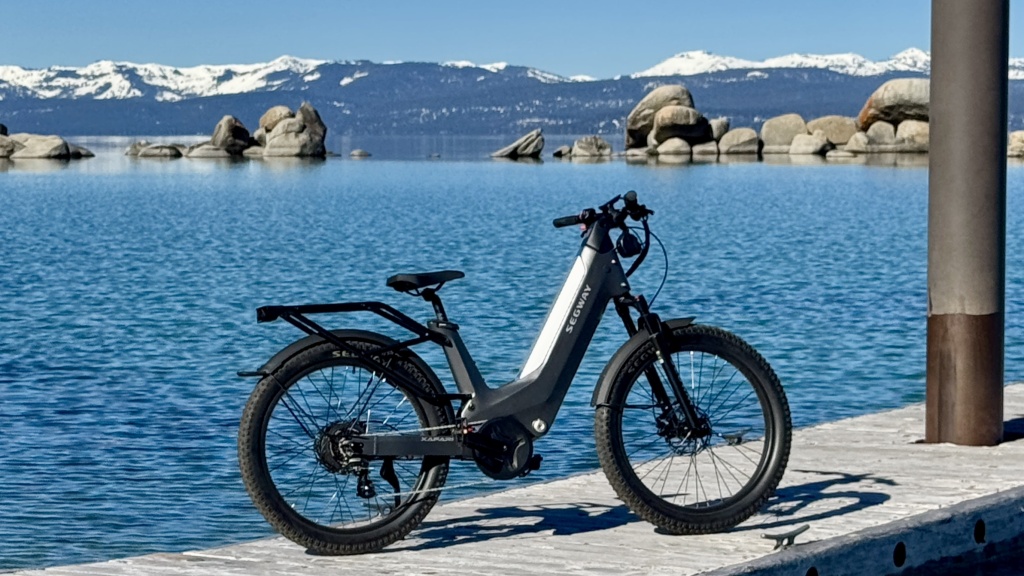As e-bikes continue to gain popularity, many people are still getting familiar with the various features that enhance the riding experience. One of the most standout features is pedal assist. But what exactly is it? This article delves into the concept of pedal assist, how it works, its benefits, and tips to choose the right e-bike for you.
Understanding Pedal Assist
Pedal assist, also known as pedal assist mode, is a vital feature found on most electric bikes, or e-bikes. It works by providing additional power to the rider while they pedal. Unlike a throttle that gives you a boost without pedaling, pedal assist allows a more natural cycling experience by augmenting your pedaling effort. The e-bike’s electric motor activates when you begin pedaling and will stop when you stop pedaling, creating a seamless integration of human and machine effort.

How Does Pedal Assist Work?
The pedal assist system consists of several key components: the motor, the battery, and the sensors. When you start pedaling, the sensors detect your pedaling movement and effort. The motor then kicks in to provide assistance proportional to the force you’re applying. Most e-bikes offer multiple levels of pedal assist, allowing you to choose how much assistance you want depending on the terrain, your fitness level, and your desired riding experience.
The most common pedal assist levels are typically labeled as Eco, Tour, Sport, and Turbo. Eco mode provides minimal assistance, perfect for leisurely rides or conserving battery life, while Turbo mode offers maximum assistance, making it easier to tackle steep hills and long distances. This flexibility is a key reason many riders are drawn to pedal assist systems.

Benefits of Pedal Assist
One of the greatest advantages of pedal assist is its ability to enhance the cycling experience for riders of all skill levels. Here are a few benefits to consider:
- Accessibility: Pedal assist makes cycling accessible to a wider range of individuals, including those who may not feel comfortable riding a traditional bike due to fitness levels or physical limitations.
- Increased Distance: With added power, riders can cover longer distances without tiring themselves out, effectively transforming commutes, long rides, or recreational cycling.
- Reduced Fatigue: Pedal assist reduces the strain on your legs and allows you to tackle hills and windier conditions without feeling exhausted.
- Eco-Friendly Commutes: E-bikes with pedal assist are a sustainable transportation option that helps reduce carbon footprints when compared to traditional vehicles.
Choosing the Right E-Bike with Pedal Assist
When selecting an e-bike with pedal assist, there are several factors to keep in mind. Here are useful tips to find the right model for you:
- Motor Power: Look for a motor with sufficient wattage for your needs. A motor between 250 to 750 watts is generally effective for urban commuting and hilly terrains.
- Battery Capacity: A higher capacity (measured in watt-hours or Wh) gives you a longer range. If you plan on taking longer rides, opt for a bike with a more robust battery.
- Weight and Frame: Consider the bike’s overall weight and frame design. Lighter bikes are easier to handle but may compromise on durability, while heavier bikes can provide more stability.
- Display Features: E-bikes often come with displays that show essential metrics such as speed, battery life, and assist levels. Choose one that meets your preferences.
- Test Ride: If possible, visit local bike shops to test ride a few models. This helps you better understand how different pedal assist systems feel while riding.

Image source: Outdoor Gear Lab
As the world of e-bikes continues to grow, understanding the essential features like pedal assist can make all the difference in your riding experience. Whether you’re aiming to explore your city, conquer challenging terrains, or simply enjoy leisurely rides, pedal assist e-bikes are a fantastic option to elevate your cycling journey.


